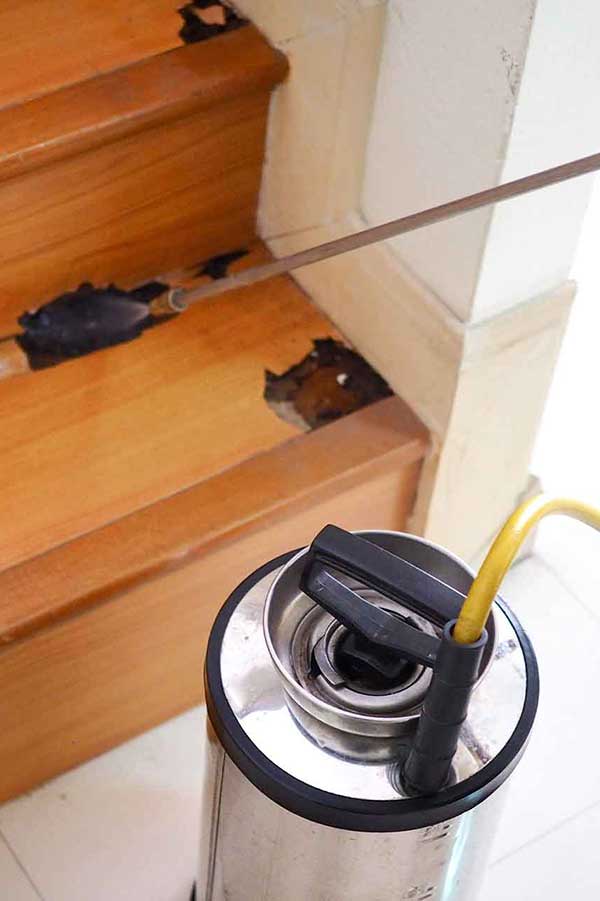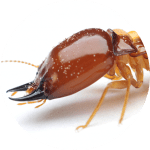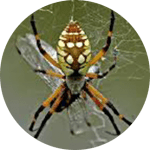Ant Control
Insects control
Ant Control Treatment
As ants can become a big badly-behaved at home and pollute food, homeowners must rely on active ant pest control to keep ants at bay. Microorganisms on ants spread when ants crawl in pantries and across countertops. Nevertheless, only a few ant species transmit diseases, finding any type of ant in food or somewhere else inside your home is a disagreeable experience and an annoyance for you. Few ant species, like carpenter and fire ants, cause damage by burrowing through wooden beams.
Though, fire-ant sting encompasses venom, causes pain, and may cause allergic reactions in oversensitive people. In addition, ants form visually discomforting colonies near wooden frames or cracks and crevices in commercial areas of business premises. Hence, businesses and house owners must rely on ant pest control to protect their employees and properties.
Let’s look in detail at ants!
Ants have been on earth since dinosaurs and have effectively navigated extinction. Ants descend from wasps and are more than thirteen thousand species universally. Being minute creatures with equivalent-sized brains, ants are highly successful masters of cooperation. Ant colonies are clusters of many ants with a king, a queen, and workers. Workers are wingless female ants that gather food, feed larvae, and care for the nest by preserving and protecting it.
Some ant colonies possess single queens, while others may have many queens in one colony. Colony sizes of ants differ across species, but one ant colony can even have a million ants in it! Ants communicate by releasing pheromones or chemical cues for accumulation and locating food.
India is home to 800 species of ants including the black ant, fire ant, crazy ants, carpenter ant, pharaoh’s ant, and Argentine ant. In nature, ants are important as decomposers. Still, when they invade your kitchen, home, or business, they are unpleasant, making you seek ant pest control from a reputed pest control agency.

Signs of ant infestation
If you’ve seen a few ants dashing around on the floor, they could be just having a look around. However, they might be the mark of a larger ant infestation. Here are 3 tell-tale signs that will tell you if you have an ant infestation within your properties. As ants are most energetic during nightfall, do pay precise attention to signs of ant activity during these hours.
- Live ants – If you’re seeing huge numbers of live ants then you may well have a problem. If you find them in your kitchen, especially where you cook food, then you need to do something about it fast.
- Ant pathways – Ant trails in and out of your home or properties are another sign. Some ant species will lay down a pheromone trail to a food source. This trail leads other ants from the colony to the food source.
- Ant nest – A nest site can look like a small pile of soil or dirt. Some species of ants like to make their home in walls or other quiet, dark places, which are more difficult to spot.

Professional ant control by ByeBugs
As the ants you find at your property may be foragers, spray treatment of ants relies on locating and treating an ant colony. Regrettably, spraying pesticides against foragers is unproductive as the colony replaces the ants, we kill other members from the ant nest to which the ones we killed belong. For sustained results in an ant control program at your home, we look for and treat an ant nest, as only damaging the nest and spraying pesticides on it can destroy the entire colony.
Our ant pest control uses a caring approach to tackling them by targeting their colony, which results in ant control. Our gel-based ant pest control solution is a bait against ants for a heavy ant invasion. Ants commonly found infesting homes consume the sugary ant gel containing Imidacloprid 0.03% pesticide. Back at their colony, worker ants throw up the food bait for consumption by all individuals of the colony. Ant-gel causes ‘colony eradication’.






